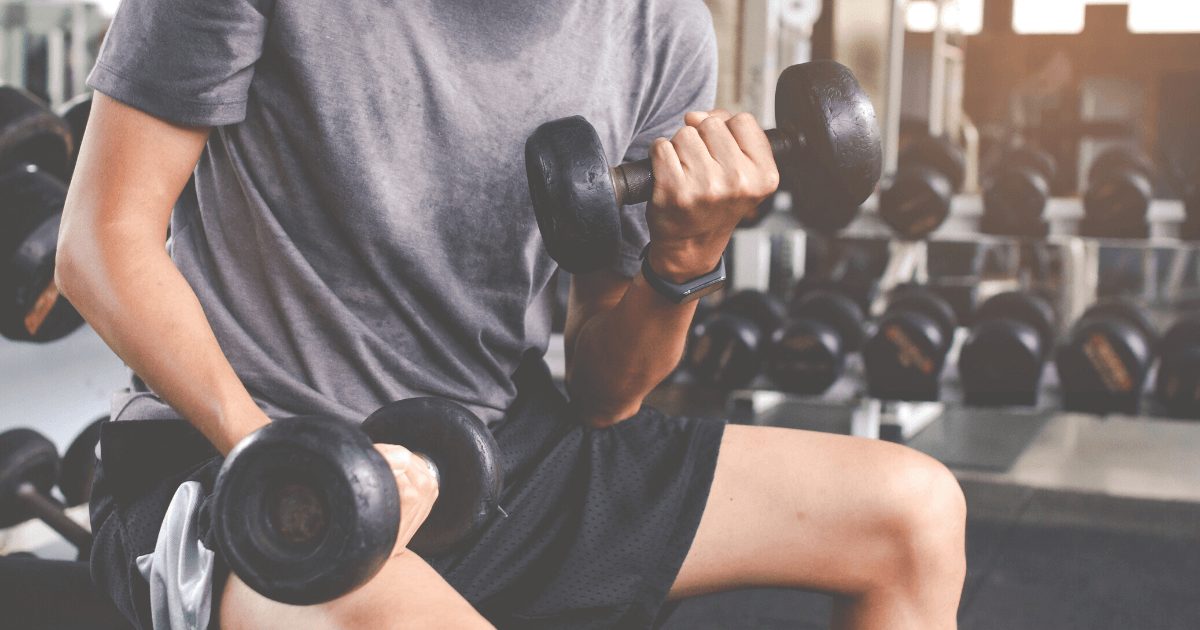Staying Fit And Living With Male Urinary Incontinence: 5 Helpful Tips

Urinary incontinence is a common condition that can sometimes be embarrassing as well. It affects millions of people across the world, regardless of their age and gender. According to the National Institute of Diabetes and Digestive and Kidney Diseases, 11 to 34 percent of older men experience urinary incontinence. Incontinence, i.e., the loss of bladder control that leads to urine leakage can certainly seem like a disheartening issue. But, there are ways you can reduce your symptoms! Think of it like any other health issue; by making some lifestyle changes, urinary incontinence in men can become a thing of the past. That’s why you need to read our tips for male urinary incontinence.
5 Tips For Male Urinary Incontinence to Help You Live a Healthy, Fulfilled Life
Here are a few helpful tips to regain control of your life when suffering from urinary incontinence in men:
Perform Pelvic Floor Exercises
Your pelvic floor is a collection of muscles that supports your bowel and bladder. When it loses its strength, you may experience accidental urine leakage when sneezing, laughing, or coughing. You may also feel an urgency to get to the bathroom or a need to answer nature’s call frequently.

Kegels or pelvic floor exercises aim to toughen your muscles to improve bladder control, support your organs, and prevent bladder leakage. Studies show that men who practice Kegels daily are more likely to fully recover from incontinence.
Retrain Your Bladder
Medical experts say that bladder training can help improve the symptoms of urinary incontinence in both men and women. Bladder training techniques include sitting cross-legged, clenching your fists, or just thinking about something else to delay the trip to the bathroom.
This is a form of behavioral therapy that can increase the time between your bathroom breaks. Bladder muscles are very similar to your biceps and quadriceps – you can train them to be stronger.
If you currently go to the bathroom once per 50 to 60 minutes, extend that to 90 minutes by gradually increasing that time over the next few weeks.
Maintain a Healthy Body Mass Index (BMI)
Being obese or overweight is associated with a higher risk of developing many diseases, including urinary incontinence in men. Consider reducing your BMI if you are overweight by making changes to your diet and lifestyle.
Reduce the number of calories you are consuming, and start eating more wholesome foods like fresh fruits, vegetables, whole grains, nuts, and seeds. Cut down on sugary snacks and processed, refined foods that are high in saturated fats.
Start brisk walking for 20 to 30 minutes every day if going to the gym doesn’t sound appealing. All you need to do is move your body daily – it could be dancing, swimming, yoga, or bicycling.

Reduce Your Caffeine and Alcohol Intake
If you are one of those people who need coffee first thing in the morning and then every time you need to “recharge”, it’s time to switch to non-caffeinated drinks.
One study shows that there is a clear link between incontinence in men and drinking coffee. Caffeine and alcohol increase the production of urine. If you have urinary incontinence, it is advised to limit or eliminate their consumption altogether.
Practice Yoga
According to the University of California, San Francisco (UCSF), yoga can be helpful in gaining more control over the bladder and prevent accidental leakage. It has been established that people who practice yoga poses specifically designed to improve pelvic health can reduce their symptoms by 70 percent.
The Most Important Tip: Choose Men’s Liberty
Live with greater liberty than ever before and stop letting male urinary incontinence rule your life. Men’s Liberty is the only product of its kind and the last urinary incontinence product you’ll need. To order now, call us at 888-412-9329 or visit us online.
